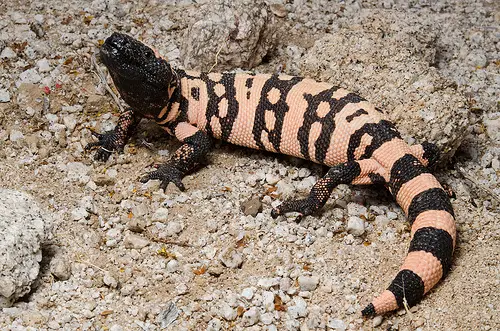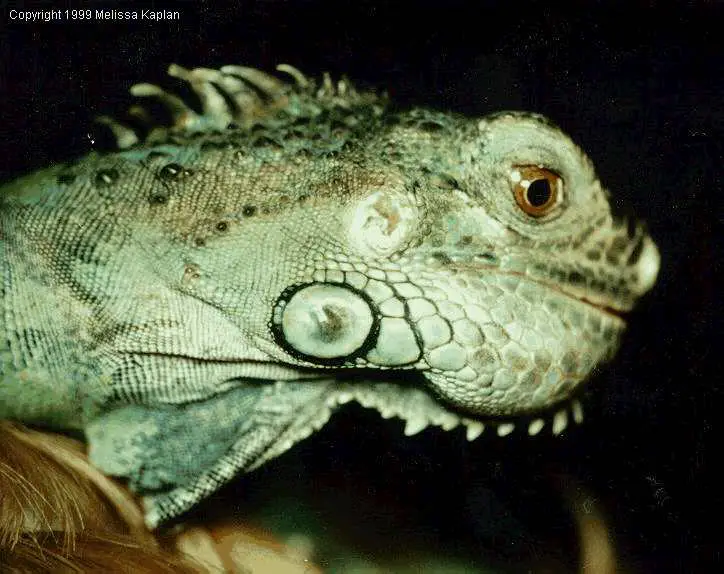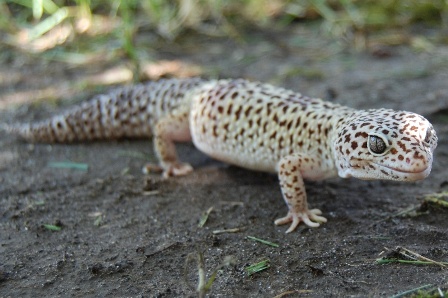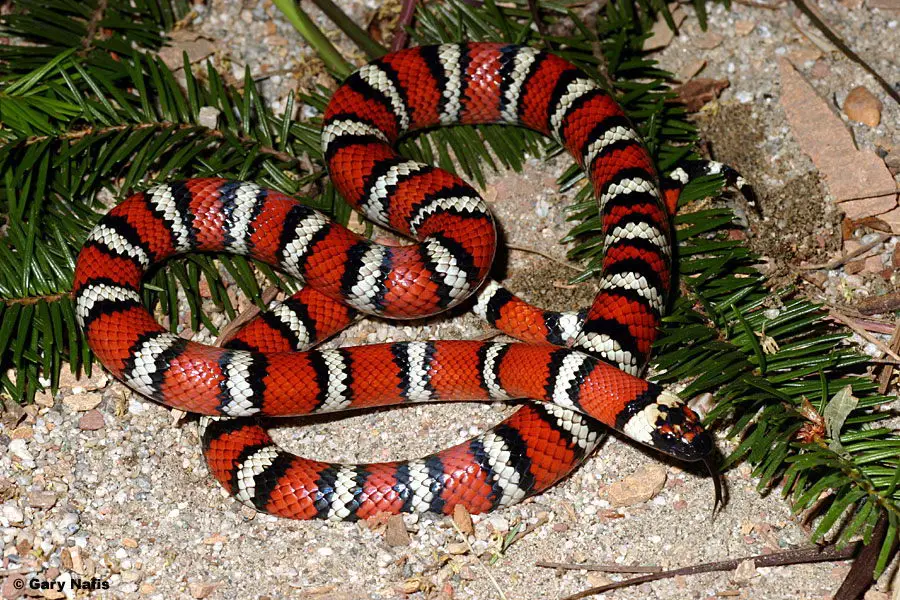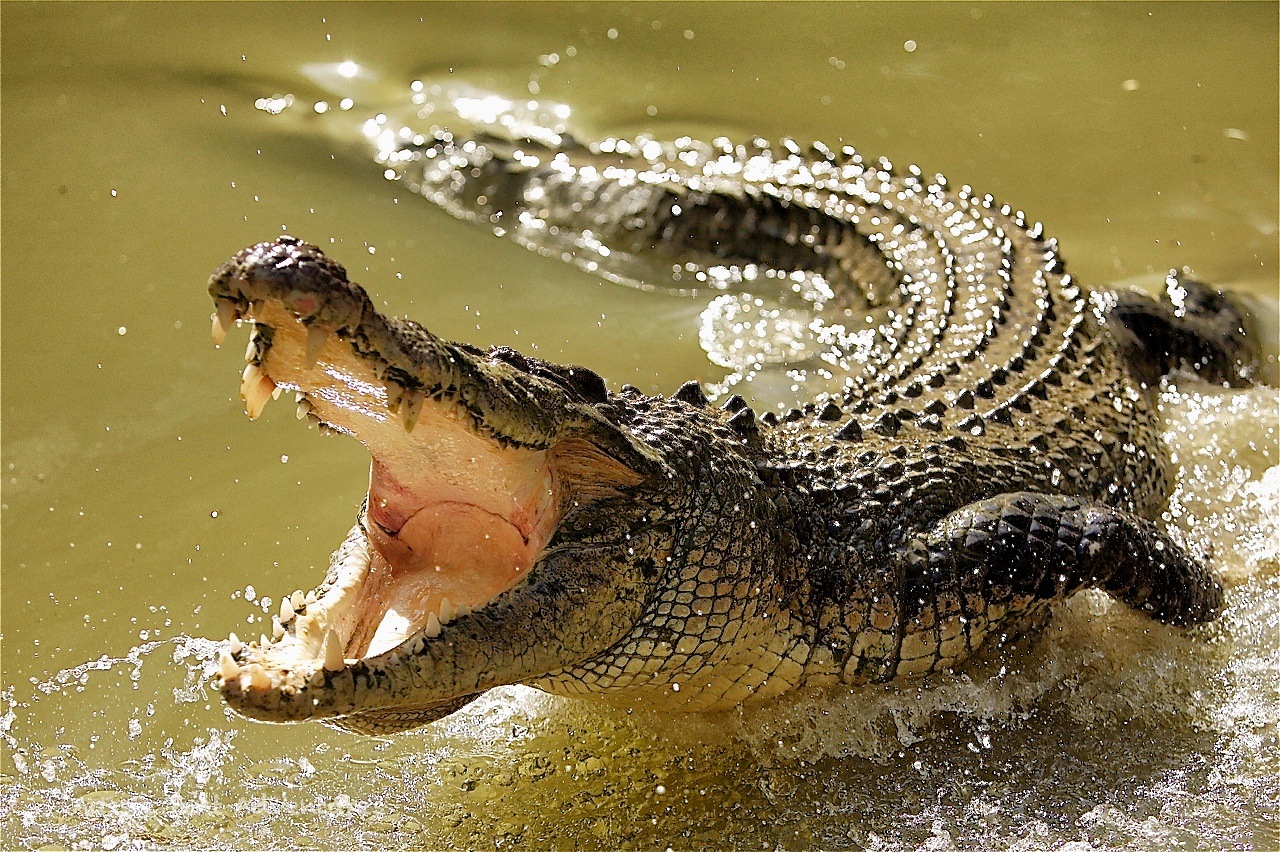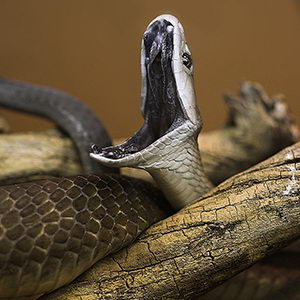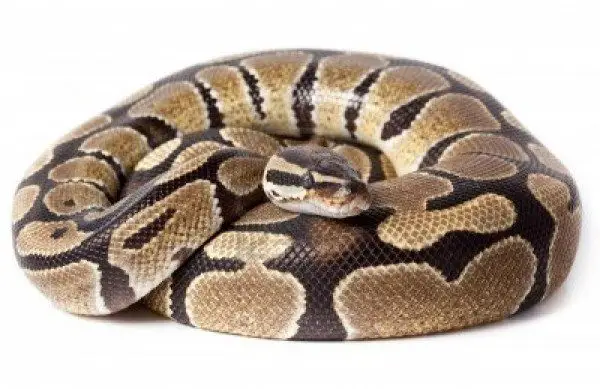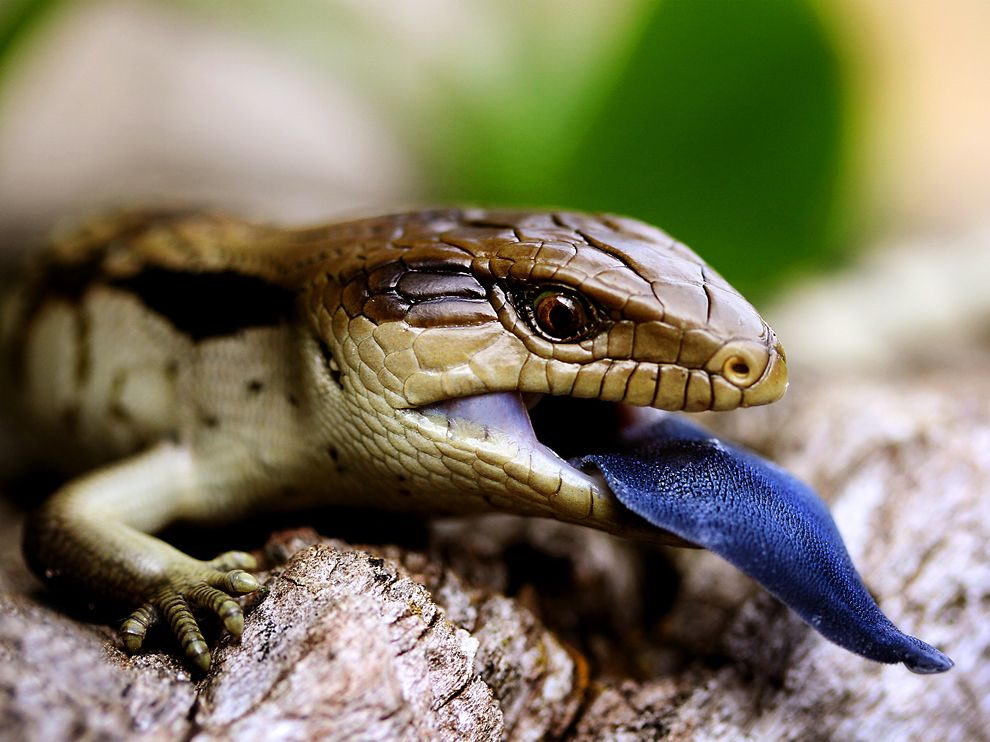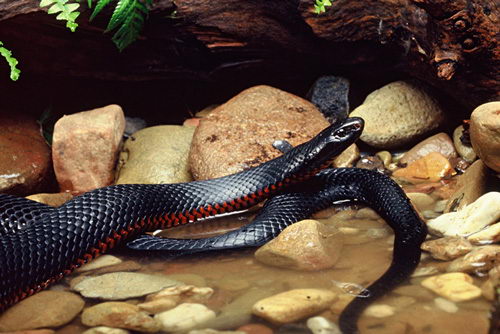Category: Reptiles
Reptiles are those cold blooded air-breathing vertebrates, which are neither birds nor mammals, that lay eggs which are membrane-protected and fertilized within the mother's body.
-
Gila Monster Facts | Anatomy, Diet, Habitat, Reproduction
The Gila monster (Heloderma suspectum) is a bulky slow-moving lizard of the southwestern United States and northwestern Mexico. It is a venomous lizard species that has inspired wildlife-lovers for centuries. Gila monster is the larget lizard of the United States. Although people have heard much of Gila monsters yet only a few are lucky enough…
Written by
-
Green Iguana Facts | Anatomy, Diet, Habitat, Behavior, Reproduction
The green iguana (Iguana iguana) is the world’s largest iguana species; grows to a length of about 2 meters. It is found in South America, Central America and Caribbean. The lizard is calm and quite which is why it makes very good pets. However in captivity iguanas can be demanding and must be challenging for…
Written by
-
Marine Iguana Facts | Anatomy, Diet, Habitat, Behavior
The marine iguana (Amblyrhynchus cristatus) is the only truly marine lizard off the coast of Ecuador, of the Galapagos Island. The iguana is rather a strange looking creature recognized by its blunt nose and bony bumps. Unlike most other lizards marine iguanas have heavy body. They are extremely territorial in that they attack any male…
Written by
-
Leopard Gecko Facts | Anatomy, Diet, Habitat, Behavior
The leopard gecko (Eublepharis macularius) is a lizard that is found in the dry habitats of Asia. It also makes a very good pet. The unique feature of leopard gecko is that they are able to move their eyelids—a rare feature among other geckos. Leopard Gecko Facts Anatomy The adult geckos reach a length of…
Written by
-
King Snake Facts | King Snake Diet, Habitat, Behavior
King snake is a nonvenomous species belongs to the genus Lampropeltis and it includes four species and 45 subspecies. The king snakes also make very good pets. So if you are considering to have them as pets then it is better to know them first through these King Snake Facts. Common king snake is one of the…
Written by
-
Black Rat Snake Facts | Largest Snake in Michigan
The black rat snake (Elaphe obsoleta obsolete) is a medium-sized snake with the white chin and throat. It has all black and shiny skin. The black rat snake is the largest snake in Michigan State. Get to know this black snake through these informative black rat snake facts. It is amongst the most common snakes…
Written by
-
Are Crocodiles Endangered | Crocodiles Status
Many crocodiles are at the verge of extinction whereas some of them are classified as critically endangered. While most crocodilian species faced almost-extinction situation because of the habitat degradation or deforestation, others were illegally hunted, still others died of road collision. The future of all these crocodiles rests in the hands of the conservation societies.…
Written by
-
Black Mamba Snake Facts | Mamba Diet, Habitat, Behavior
The Black mamba (Dendroaspis polylepis) is one of the fastest snakes in the world with the recorded speed of 7 miles per hour (11 km/h). These African snakes are feared for their amazing speed and deadly venom. They are active in most part of the day. Mambas are known to sun themselves before they go…
Written by
-
Bearded Dragon Facts | A Colorful Dragon
Bearded dragon (Pogona minor) earns its name because of the underside of the throat that goes black if it feels threatened. They do not only move swiftly on land but they are expert climbers. They spend much of their time on branches. It is a combination of many different colors. The skin color can darker…
Written by
-
Ball Python Facts | The Smallest Python
Ball python (Python regius) is an absolutely non-venomous species. It is native to equatorial western Africa. Ball python is by far the smallest python species and is quite good at making pet. Royal python and West African python are the other names of ball python. The closest relative of ball python is Angolan python which…
Written by
-
What Do Sea Turtles Eat | Sea Turtles Diet
With the exception of one species all sea turtles are primarily carnivorous. The green sea turtle is exclusively herbivorous as it mostly feeds on sea grasses. The remaining species primarily consumes crustaceans, sponges, barnacles, mollusks, fish, or sea urchins. What Do Sea Turtles Eat Loggerhead turtle is known to feed on small animals as it…
Written by
-
What Do Blue Tongue Lizards Eat | Blue Tongue Lizard’s Diet
Blue tongue skink (Tiliqua spp.) is the most popular type of skink that is found in the warmer climates including woodlands and deserts. The lizard is native to Australia, Tasmania, and New Guinea. Blue tongue lizard ranges in size from 7 – 24 inches (18 – 61 cm). What Do Blue Tongue Lizards Eat True…
Written by
-
What Did Dinosaurs Eat | Dinosaurs Diet
Dinosaurs were not only carnivorous (Theropoda) but some of them were almost entirely herbivorous such as Sauropodomorpha and Ornithischia. The dietary preference is determined by various factors including tooth morphology, jaw mechanics, and tooth wear facets. The only way to assume dinosaur’s diet is to understand its thermal physiology, the amount of food required by…
Written by
-
Red Belly Black Snake Facts | The Australian Snake
The Red bellied black snake (Pseudechis porphyriacus) is commonly found in Australia including New South Wales, rural Victoria, and Queensland. It makes its habitat in regions that are abundant in water bodies such as creeks, lakes, waters, and some swamps and rivers. It is characterized by its shiny dorsal surface along with its unique reddish…
Written by
-
What Do Pythons Eat in the Wild | Pythons Diet
Pythons are largely ambush hunters and they feed on vertebrate prey. Pythons find active way of foraging. The bulk of small python’s diet is composed of lizards. However as the size of the python increases, it begins to rely more on mammals for consumption. While they do not often consume birds pythons are known to…
Written by

